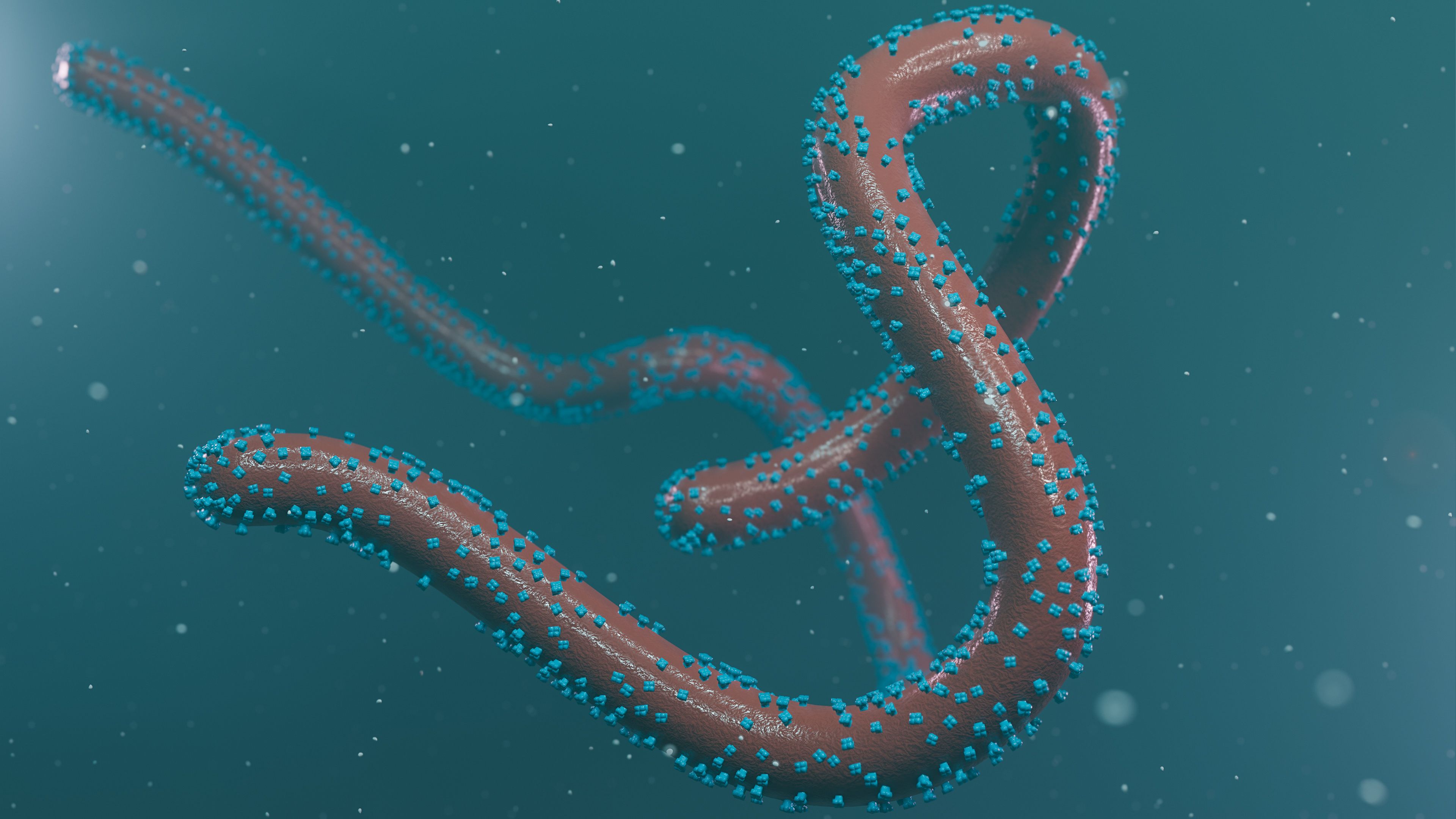Marburg Virus Investigational Vaccine Safe and Immunogenic in Humans
This first-in-human, phase 1 vaccine trial produced a lasting immune response against Marburg virus.

Marburg virus poses an imminent threat requiring rapid vaccine research and development. This was exacerbated by the recent emergence of Marburg in Ghana.
Marburg virus (MARV) is a filovirus in the Ebola family. The rare but highly infectious virus rapidly becomes symptomatic and causes hemorrhagic fever, severe headache, and muscle pains. Within 3 days, symptoms progress to diarrhea, nausea, vomiting, and extreme blood loss. Death usually occurs within 8-9 days, as a result of hemorrhage and multiorgan dysfunction.
There are currently no approved vaccines or specific therapies available for MARV. Experimental vaccine candidates have come and gone, but none have proven to be highly effective with lasting protection.
This week, however, The Lancet published results from a first-in-human, phase 1 study of an investigational MARV vaccine. Called cAd3-Marburg, the vaccine was developed by National Institute of Allergy and Infectious Diseases (NIAID) investigators, part of the National Institutes of Health.
The study recruited 40 healthy adult volunteers from the Walter Reed Army Institute of Research Clinical Trials Center in Silver Spring, Maryland. Participants received 1 dose of either a low dose of the vaccine (1x1010 particle units) or a slightly higher dose of the vaccine 1x1011 particle units). For safety, study patients were enrolled in a dose-escalation plan.
The trial began with 3 participants receiving a lower dose of cAd3-Marburg. When these patients did not exhibit severe adverse reactions after the first 7 days, the investigators enrolled the remaining 17 volunteers. This practice was repeated for the higher dose cohort.
All study patients were monitored for adverse reactions to cAd3-Marburg and evaluated at regular intervals for 48 weeks to track their immune responses.
There were no serious adverse events in the trial, and the experimental vaccine was well tolerated. cAd3-Marburg appeared to induce strong, lasting immunity to the MARV glycoprotein, with 95% of trial participants (n = 38) exhibiting a robust antibody response after vaccination and 70% retaining the response for at least 48 weeks.
Secondary immunogenicity endpoints assessed binding antibody responses and T-cell responses against the MARV glycoprotein insert; both increased at 4 weeks after vaccination.
cAd3-Marburg uses a modified chimpanzee adenovirus, called cAd3, which can no longer replicate or infect cells. The adenovirus displays a glycoprotein found of the surface of MARV, enabling the vaccine candidate to induce immune responses against the virus. The cAd3 vaccine platform had a favorable safety profile in prior clinical trials for investigational Ebola virus and Sudan virus vaccines.
Scientists hypothesize MARV disease outbreaks occur when the virus jumps from its primary animal host to humans. In sub-Saharan Africa, certain species of chronically infested bats are likely responsible for the zoonotic transfer of MARV.
The nest steps are to conduct further trials for cAd3-Marburg in Ghana, Kenya, Uganda, and the United States. “These findings represent a crucial step in the development of a vaccine for emergency deployment against a re-emerging pathogen that has recently expanded its reach to new regions,” the study authors concluded.
